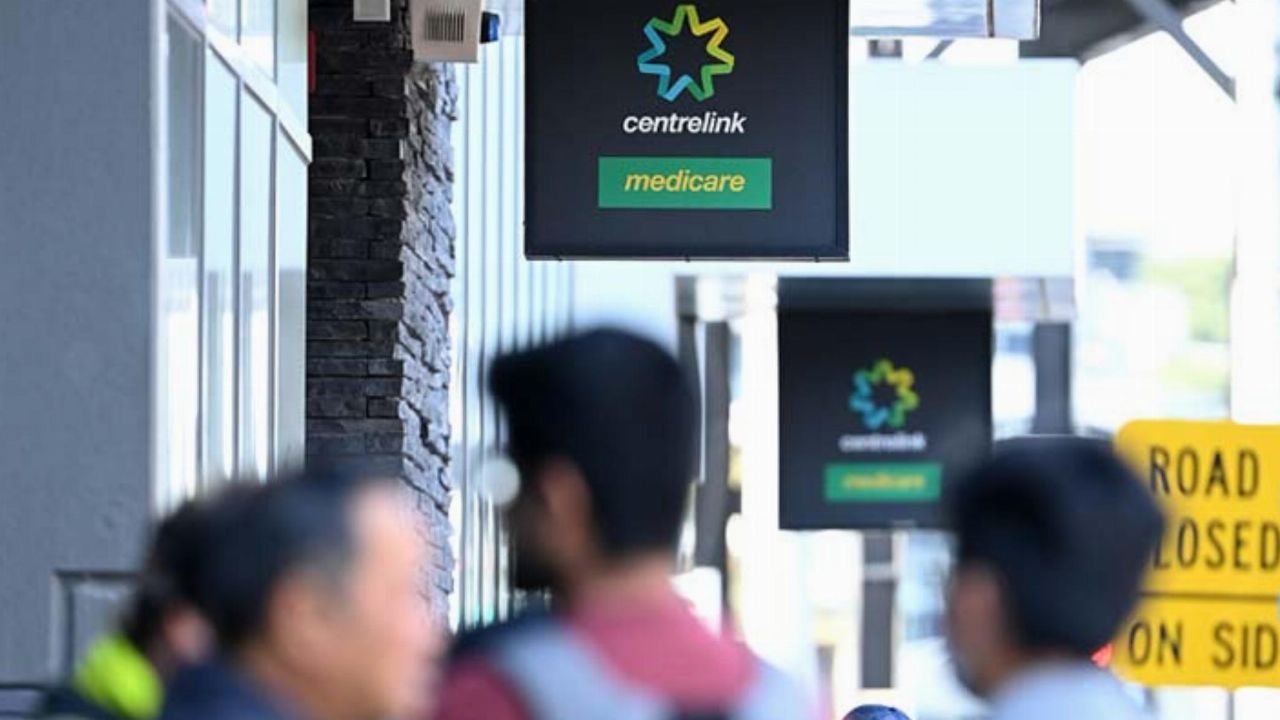Australia saw a significant employment drop of 65,000 jobs in December 2023, marking the second-largest loss since the 1993 recession.
However, the Australian Bureau of Statistics has reported that despite this substantial decline, the unemployment rate remains unchanged at 3.9 per cent.
“The fall in employment in December followed larger than usual employment growth in October and November, a combined increase of 117,000 people, with the employment-to-population ratio and participation rate both at record highs in November,” ABS Head of Labour Statistics David Taylor said.
“Both the unemployment and underemployment rates remained relatively low and the participation rate and employment-to-population ratio relatively high, suggesting that the labour market remains tight.”
While the participation rate held steady at 67 per cent, employment surged past 14.2 million people. However, the employment-to-population ratio saw a slight dip to 64.4 per cent.
While the December employment fall was large, the number of employed people was still 52,000 higher than in September.
Over the past year, the number of employed individuals, adjusted for seasonal variations, has been steadily growing. On average, there was an increase of 32,000 people each month, reflecting a consistently positive trend throughout 2023.
Oxford Economics
Delving into the analysis, Oxford Economics Australia Lead Economist Ben Udy sheds light on a concerning aspect: a notable drop of over 100,000 full-time jobs, somewhat mitigated by an uptick in part-time positions.
This shift resulted in a 0.5 per cent decrease in total hours worked, signaling a potential softening in labor demand. Mr Udy underscores that the decline in the number of job seekers played a crucial role in preventing a sharper increase in the unemployment rate.
“While the unemployment rate was unchanged in December, employment collapsed and the softening in the labour market is now undoubtedly well underway,” he said.
“We expect this softening to continue in 2024 and forecast the unemployment rate to approach 4.5 per cent by the end of this year.
“The only thing that kept the unemployment rate from rising sharply was a large fall in the number of people looking for work.”
The data aligns closely with the Reserve Bank of Australia’s November forecasts, limiting immediate implications for monetary policy.
The upcoming release of fourth-quarter inflation data at the end of January will be crucial for the RBA’s decision-making process
Mr Udy emphasised that while it was important to remain cautious on reading too much into a single monthly data point, the deterioration in the labor market was clearly in “full swing”.








